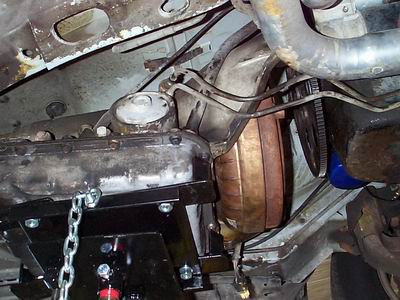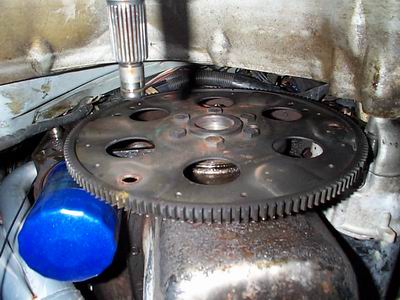The IS350 is a heavy lady with a curb weight of 3527 pounds. I'd like to get some more performance out of her with some creative ideas. Moreover I want to reduce my 0-60 to the mid fours. As we all know, power to weight ratios mean a lot in regards to a vehicle's performance (take the lotus elise for example).
I'd like to see if anyone can come up with some unique ways to shed some weight off of our 350s and still retain the interior features (ie I'm not removing my nav etc). Let's set a goal for 100 lbs.
I'll start. The current wheels weigh approximately 26.5 for the rear and 26 for the front. Using the F sport wheels (20.5F and 21.5R) as a swap, I can shed approximately 21 lbs from my 350 (you could go with volks for a little more to shed if you prefer). This has an added bonus of shedding unsprung weight as well, but that's a different story.
So, we've got 79 pounds left to go. Let's hear some ideas...
I'd like to see if anyone can come up with some unique ways to shed some weight off of our 350s and still retain the interior features (ie I'm not removing my nav etc). Let's set a goal for 100 lbs.
I'll start. The current wheels weigh approximately 26.5 for the rear and 26 for the front. Using the F sport wheels (20.5F and 21.5R) as a swap, I can shed approximately 21 lbs from my 350 (you could go with volks for a little more to shed if you prefer). This has an added bonus of shedding unsprung weight as well, but that's a different story.
So, we've got 79 pounds left to go. Let's hear some ideas...








